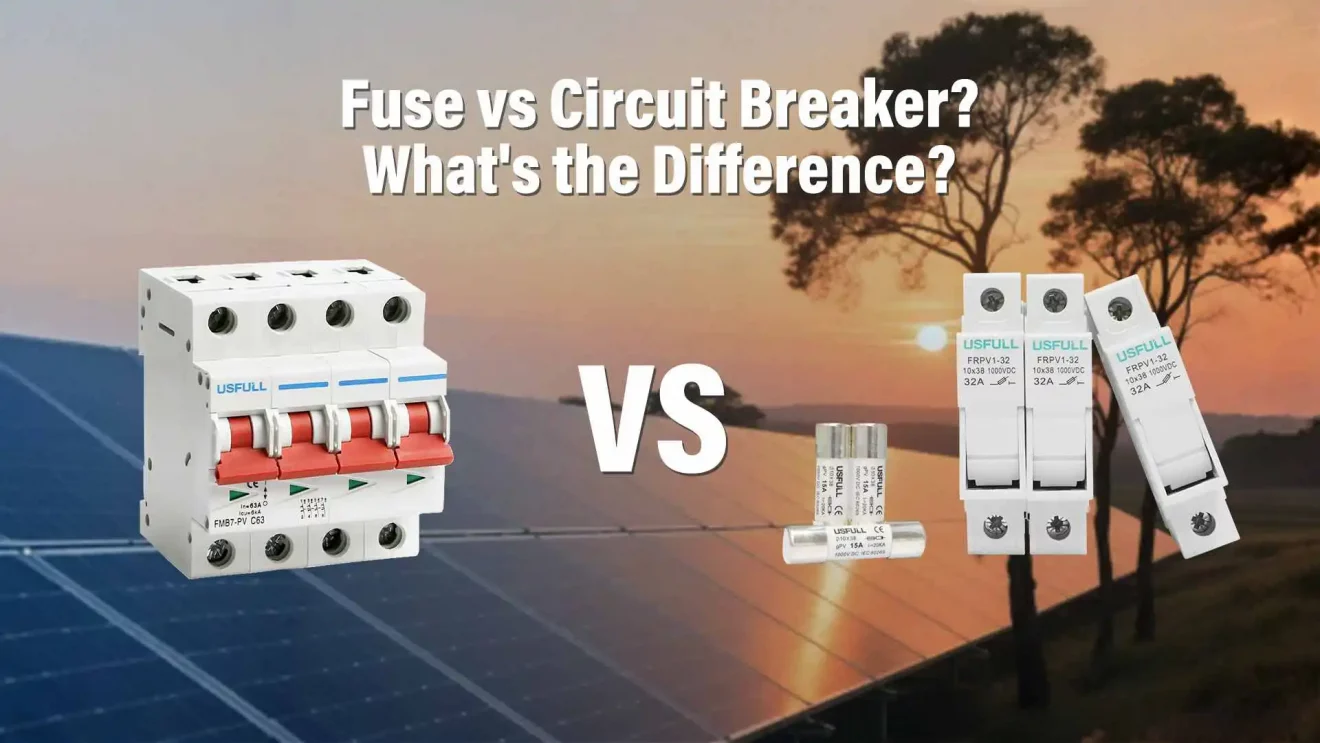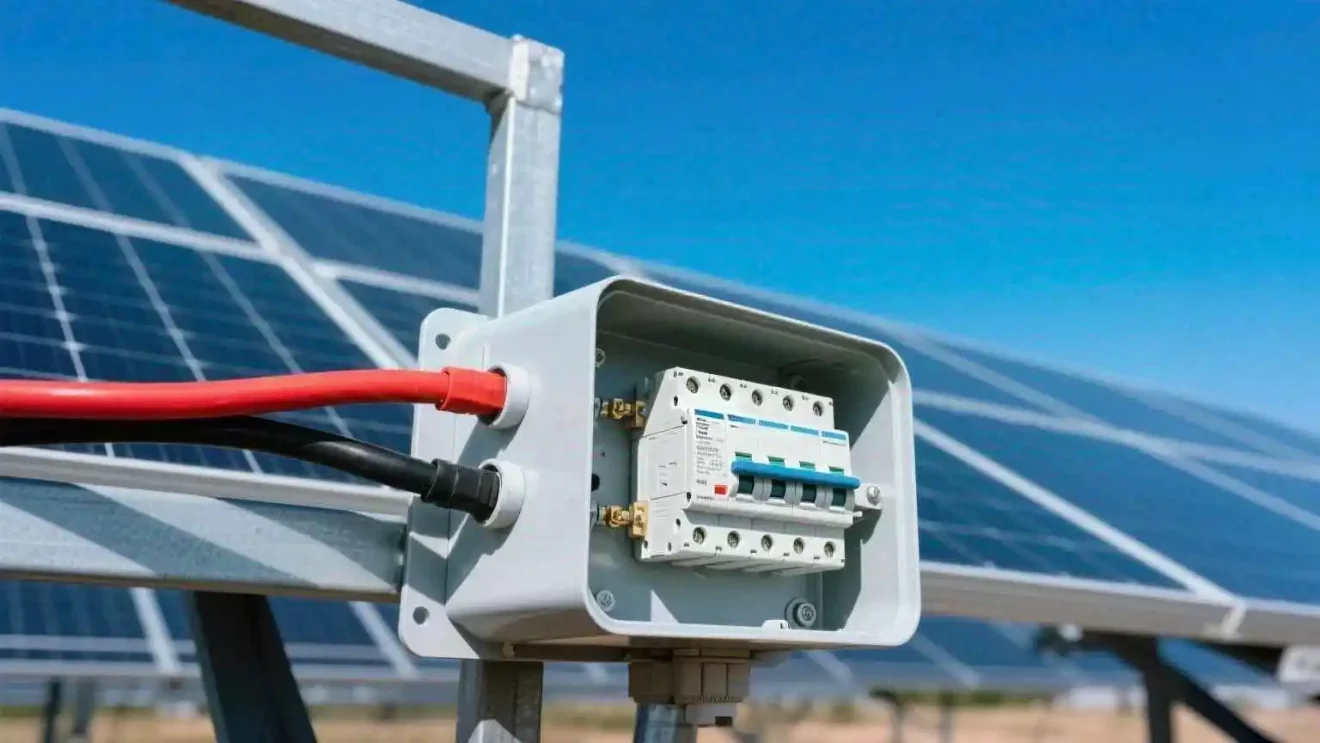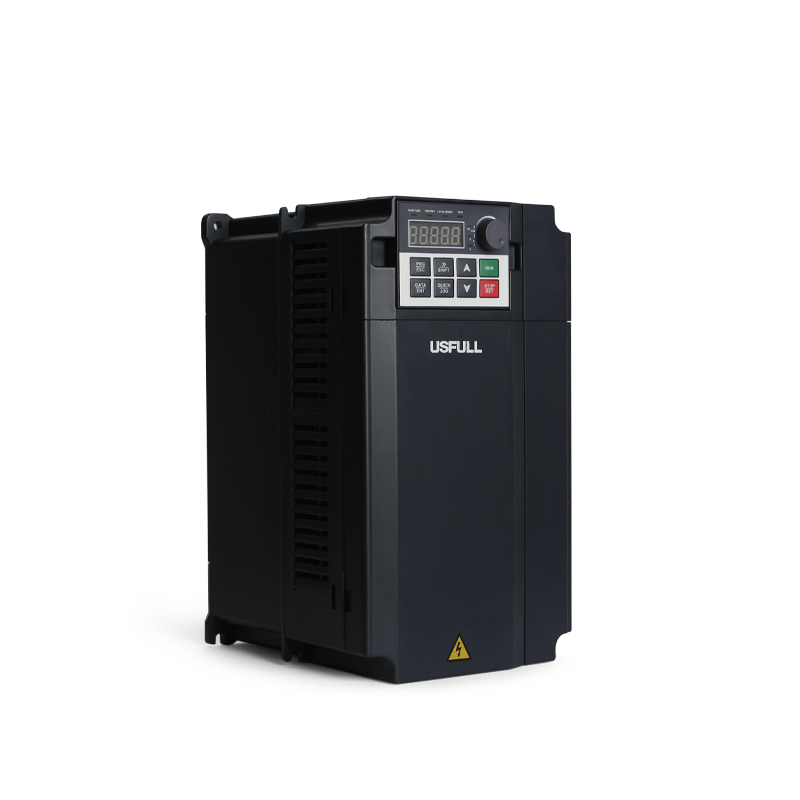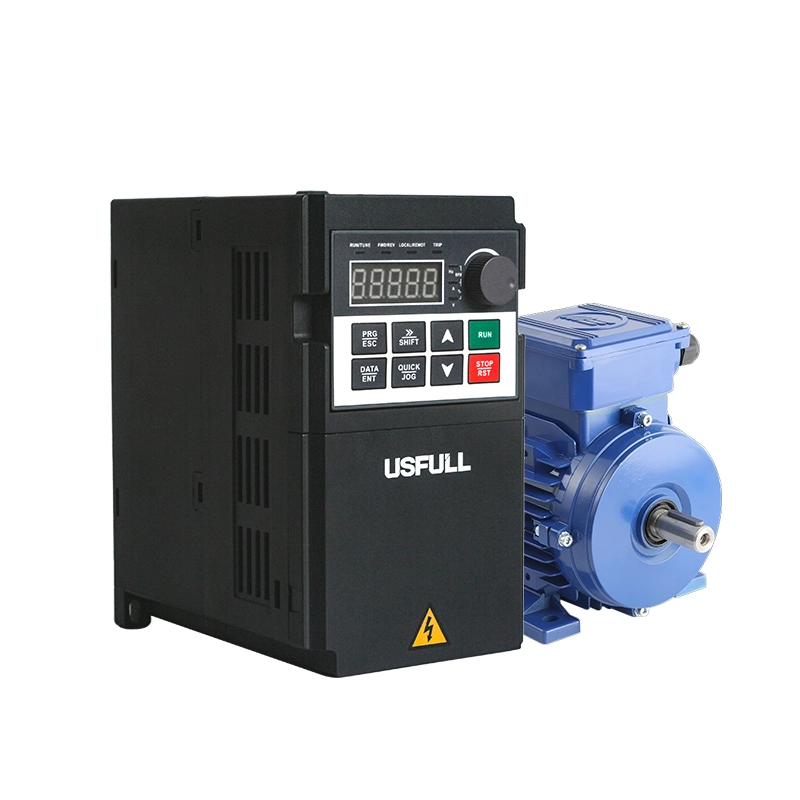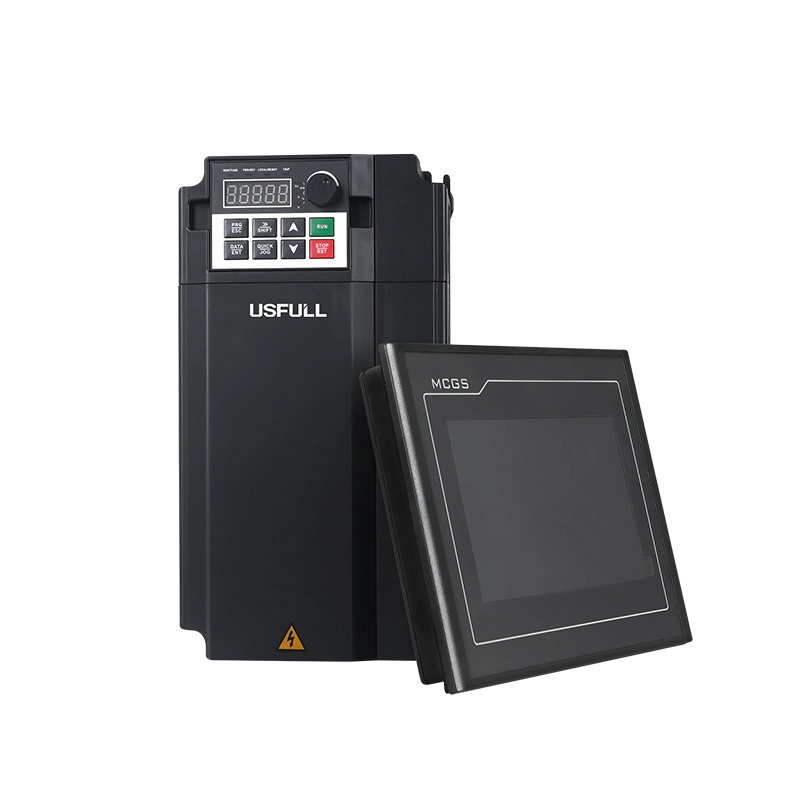A blown fuse or faulty breaker can cause costly damage, downtime, and safety hazards—choose the right protection to secure your circuits.
Fuses and circuit breakers both protect electrical systems, but differ in cost, function, speed, and safety. Understanding their differences ensures reliable, long-term circuit protection.
Keep reading to make the right decision for your home, facility, or solar application.
What Are the Benefits of a Circuit Breaker over a Fuse?
Circuit breakers offer significant advantages over traditional fuses, especially for modern electrical systems and solar DC applications. First and foremost, circuit breakers are reusable. Unlike fuses, which must be replaced after one fault trip, a circuit breaker can simply be reset—saving both time and money.
Circuit breakers are also safer to handle, particularly in industrial settings. Fuses may have exposed metal parts that can be live during replacement, posing serious risks. By contrast, circuit breakers are “dead front” devices, meaning the user is protected from exposed live components.
Additionally, circuit breakers offer dual protection—thermal and magnetic trip functions, allowing them to handle both overloads and short circuits more precisely. They also come with status indicators so you can see whether a breaker is tripped, unlike fuses which must be visually inspected or tested.
In solar DC systems, DC Circuit Breakers are specifically designed for high-voltage DC currents and offer superior arc extinguishing capabilities, making them a safer and more reliable option compared to DC fuses.
As a trusted Circuit Breaker Manufacturer in China, USFULL offers a full range of Solar DC Circuit Breakers, Breaker DC types, and DC Circuit Breaker products that combine quality with affordable customization.
Should I Replace My Fuse Box with Circuit Breakers?
If your current electrical system still uses fuses, it may be time to upgrade. Replacing a fuse box with circuit breakers is one of the best long-term safety and reliability decisions you can make, especially for facilities with modern appliances or solar installations.
Older fuse boxes often lack the capacity for today’s power demands and require constant maintenance or fuse replacements. In contrast, modern circuit breakers provide better fault tolerance, can handle inrush current more effectively, and are far easier to manage.
Breaker panels are also safer for high-current systems because they trip all phases simultaneously, reducing the risk of single-phasing in 3-phase systems. This feature protects equipment from imbalanced loads and potential overheating.
Can Homes Use Fuse Boxes Instead of Circuit Breakers?
Technically, yes. Homes can still use fuse boxes, especially older properties. However, it is becoming increasingly rare due to code changes, safety concerns, and availability of parts.
Fuses have a few advantages: they are simpler, more compact, and often trip faster than breakers. For basic circuits, this fast tripping can protect sensitive electronics. But fuses are sacrificial devices, which means they need replacement after every fault, and incorrect replacements (wrong amperage or DIY solutions like copper wires) can lead to serious fire risks.
Circuit breakers, in contrast, are designed for repeat usage, easy resetting, and improved safety through enclosed construction. For homeowners considering solar panel installations, Circuit Breaker DC systems are recommended for handling the unique characteristics of DC power.
Whether you’re an installer or a reseller, partnering with a reliable Circuit Breaker Manufacturer ensures long-term peace of mind and lower system failure rates.
Is the Overcurrent Protective Device Rated for the System Voltage?
This is a critical question that cannot be overlooked. Every circuit protection device must be matched to the voltage level of the system it’s protecting. If the voltage rating is too low, the device might fail to interrupt the circuit safely, causing arcing or even fire.
Fuses and breakers are each manufactured with specific voltage ratings, often displayed on the device itself. For example, a DC Circuit Breaker rated for 250V DC should never be used in a 600V DC solar array.
For solar energy systems, always use Solar DC Circuit Breakers rated appropriately for string voltages, which can exceed 600V in larger systems.
What Is the Maximum Fault Current That the Protective Device Is Designed to Interrupt?
This is where many installers and buyers make a costly mistake: overlooking the interrupt rating, or the maximum fault current the device can safely stop. In high-power systems—especially with solar, batteries, or generators—fault currents can spike dramatically.
If the breaker or fuse is not rated to interrupt the fault current, it can fail catastrophically, leaving the circuit live and dangerous. For example, a short-circuit in a large inverter array could generate thousands of amps. Only high-quality, certified DC Breakers with proper interrupt ratings can contain that energy without arc flash or system damage.
Circuit breakers are typically tested for their interrupt capacity (IC), often measured in kA (kiloamperes). Industrial-grade DC Circuit Breakers from certified manufacturers like USFULL come with clear IC ratings suited to different applications—from residential PV to large-scale commercial systems.
Before selecting a device, calculate the maximum available fault current based on system layout, impedance, and equipment type—and choose accordingly.
Both fuses and circuit breakers have their place—but circuit breakers offer superior safety, reusability, and performance.

